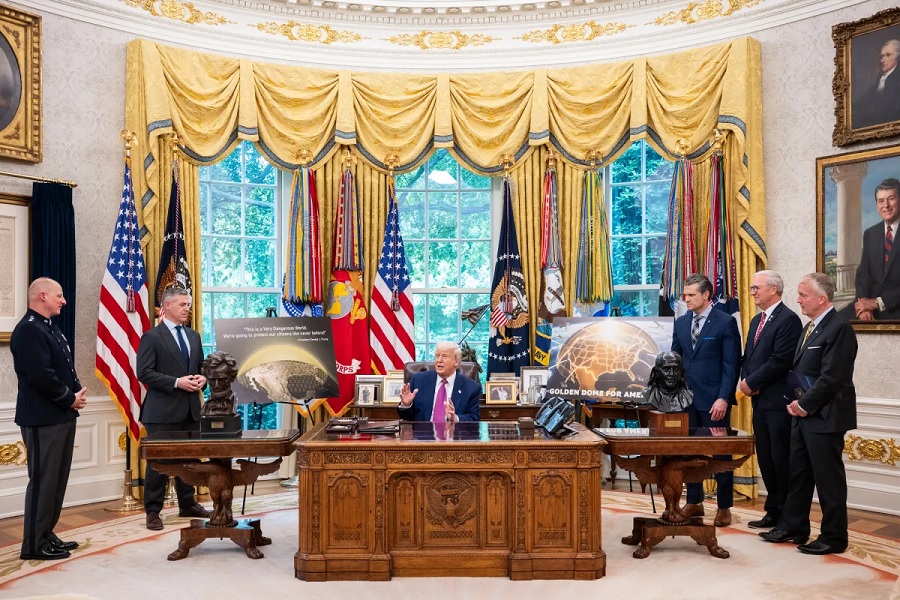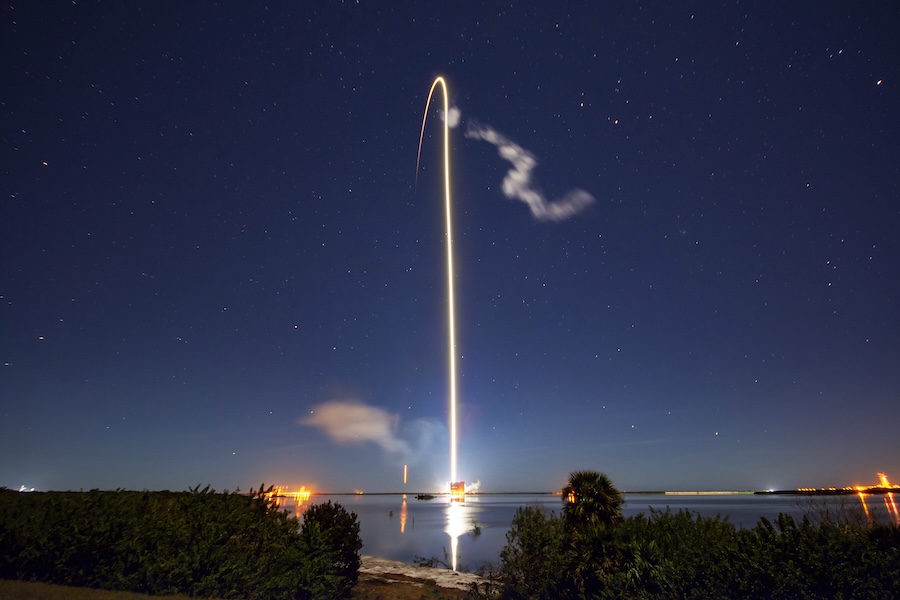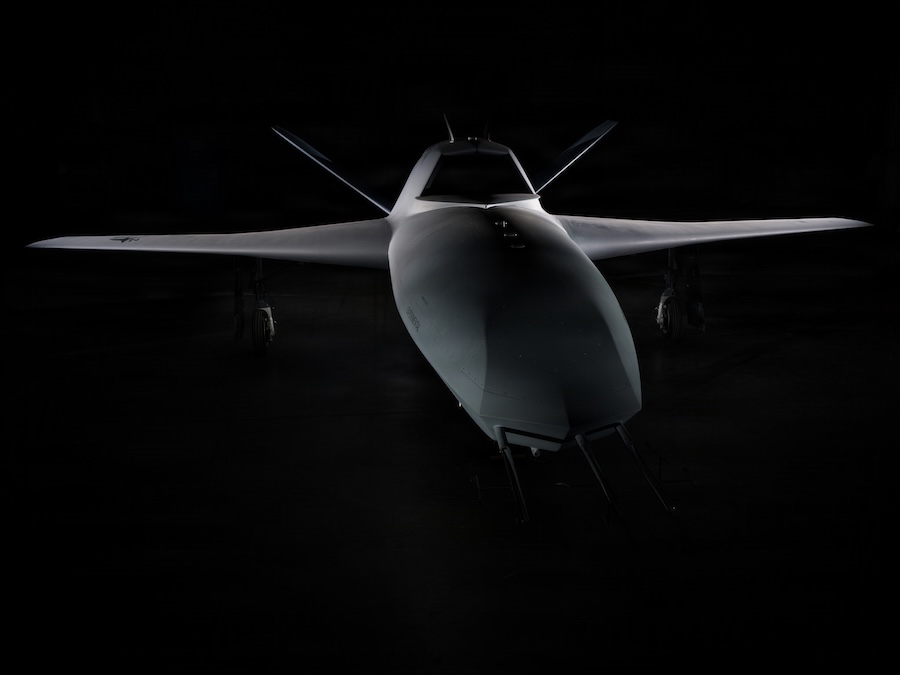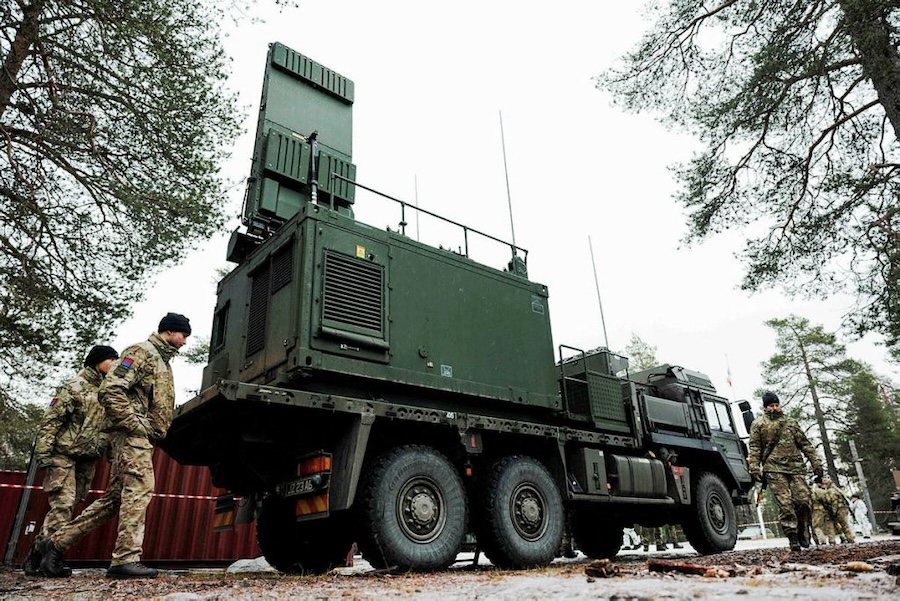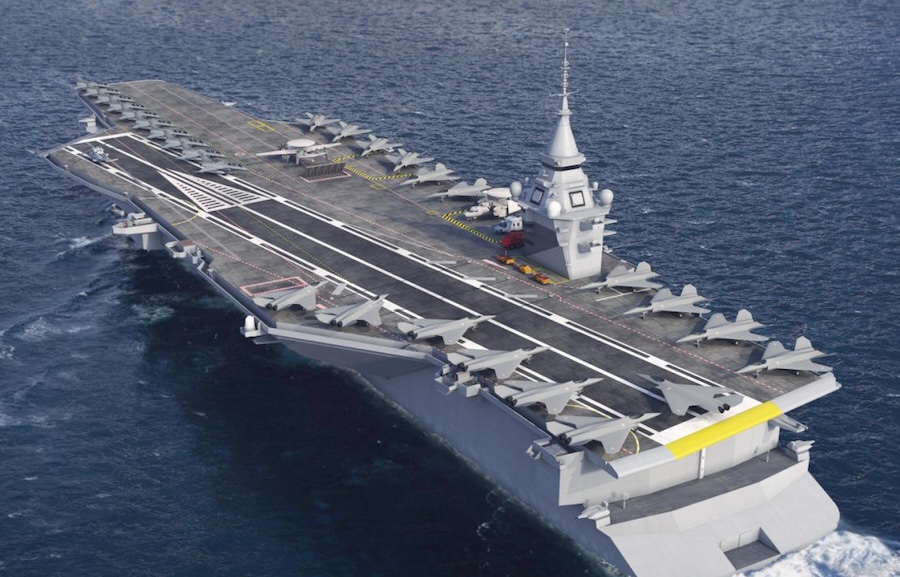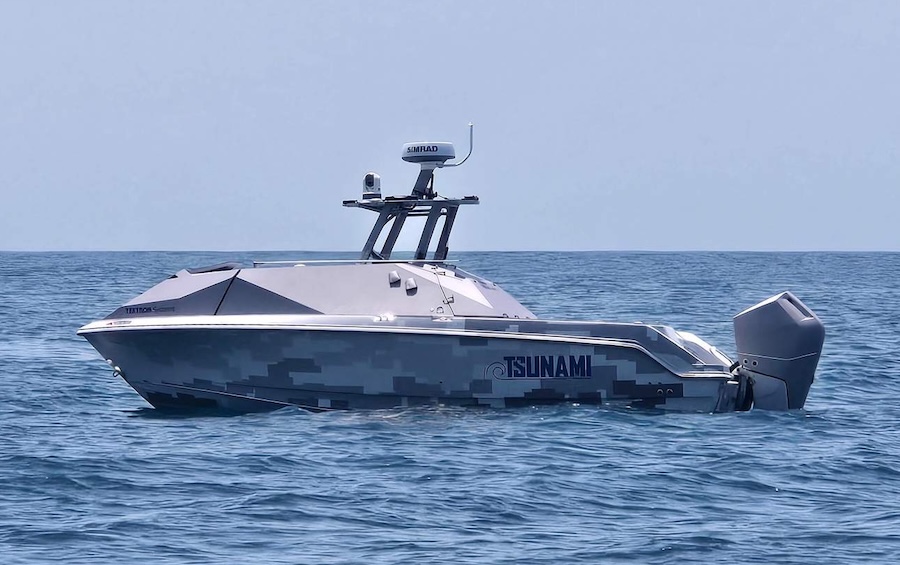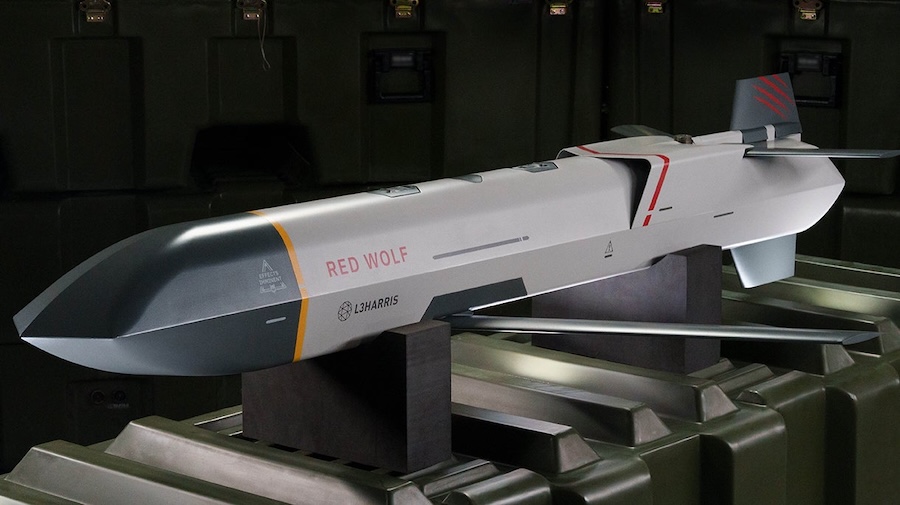The Golden Dome initiative is a broad program that combines satellite sensors with space-based interceptor technology to defend against advanced missile threats, including hypersonic, ballistic, and cruise missiles launched from anywhere in the world—even from space. The project was initially promised to be operational within three years at an estimated cost of approximately $175 billion and is currently funded with an initial $25 billion through legislation supported by House Republicans.
While President Trump stated the system would be “fully operational” before the end of his term, internal Pentagon plans suggest a functional demonstration under controlled conditions may not be possible until the end of 2028. Officials have described the initiative as technically ambitious and high-risk, especially due to the challenge of economically producing enough satellites to provide effective coverage over the continental United States.
General Michael Guetlein of the U.S. Space Force has been appointed to lead the development of Golden Dome. He has acknowledged the technology is theoretically feasible, while also noting the uncertain economic and logistical challenges related to scaling the system.
Cost estimates from independent analysts, including the Congressional Budget Office, vary widely. Over a projected 20-year operational period, estimates range from approximately $161 billion to as high as $831 billion, depending on the scale of deployment.
Source: CNN.



